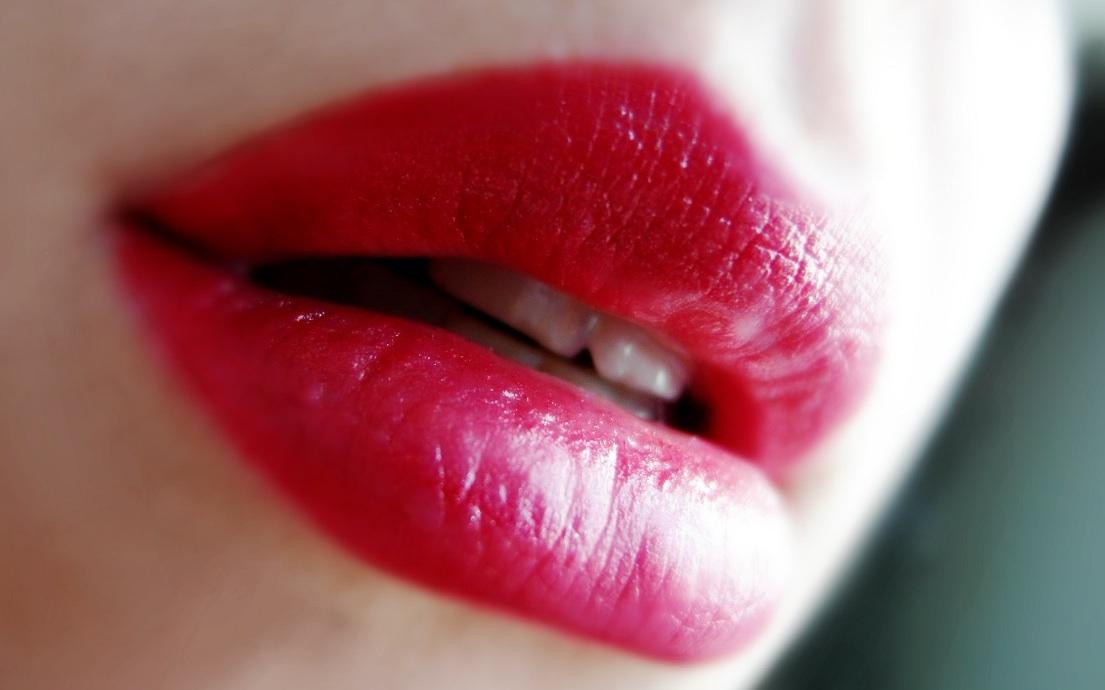Red lipstick is a feminist statement — really
Lipstick has been around for a long time. The first historical representation of lipstick, says author Madeleine Marsh, was on ancient Egyptian papyrus.
But lipstick, and modern-day makeup, really gained popularity after World War I, states Marsh, who wrote a history titled, Compacts and Cosmetics. When the United States invented the metal push-up lipstick tube, cosmetics became more portable and mainstream than ever.
Red lipstick, in particular, she says has been "more than anything else about female strength."
"The first and most famous manifestation of red lipstick was, in fact, in New York when the suffragettes took to the streets, banded together, and as part of their defiance and fight for the vote, they all wore bright red lipstick," explains Marsh.
It's no surprise that lipstick continued to gain popularity after that, and the accessory even symbolized strength within the war effort during World War II.
"Cosmetics were certainly hard to come across because we were making more important things, but the lipstick that was being made was given names like 'Fighting Red!' 'Patriot Red!' 'Grenadier Red!' And ladies were encouraged to 'look your best to do your best,'" says Marsh. "On one hand, lipstick is always being portrayed as about sexuality, but that strong vein and the power of women and the power of presenting yourself in a strong way is always there, too."
During the early 20th century, women who wore red lipstick were sometimes viewed as prostitutes. And Marsh says lipstick fell out of vogue for a time during the 1970s, when the modern feminist movement was growing and cosmetics were seen as tools of patriarchal oppression.
"But if you think of Rosie the Riveter — there she is, this big butch lady in her overalls with arms like prize-winning hams, yet she's got henna'ed hair, red nail varnish, and bright red lipstick," she says. "You can be a lipstick feminist quite happily."
Still, red lipstick has had some famous detractors. French fashion designer Coco Chanel found it, and red nail polish, vulgar — complaining that house guests left stains on her glassware and table linens.
Adolf Hitler also hated the trend and claimed that lipstick was made from "animal fat rescued from sewage."
"The Aryan ideal was a pure, unscrubbed face," says Marsh. "Visitors to Hitler's country retreat, lady visitors, were actually given a little list of things they must not do: avoid excessive cosmetics, avoid red lipstick, and on no account, ever, are they to color their nails."
While some might say that cosmetics and lipstick are trivial parts of our culture, Marsh argues the symbolism of these products runs deep.
"It's about much more than [beauty] because it shows us what we expect women to be at particular periods," says Marsh. "During the war, having your lipstick on was part of your fight against the enemy."
Lipstick and cosmetics, says March, are not really about attracting men. "I think men don't really notice a lot of the time," she says. "It really comes down to how you feel about yourself, and that makes you attractive."
This story is from an interview that aired on PRI's The Takeaway, a daily radio show that invites listeners into the American conversation.
